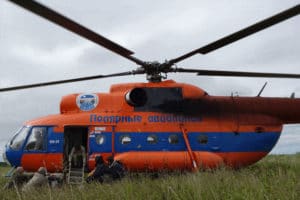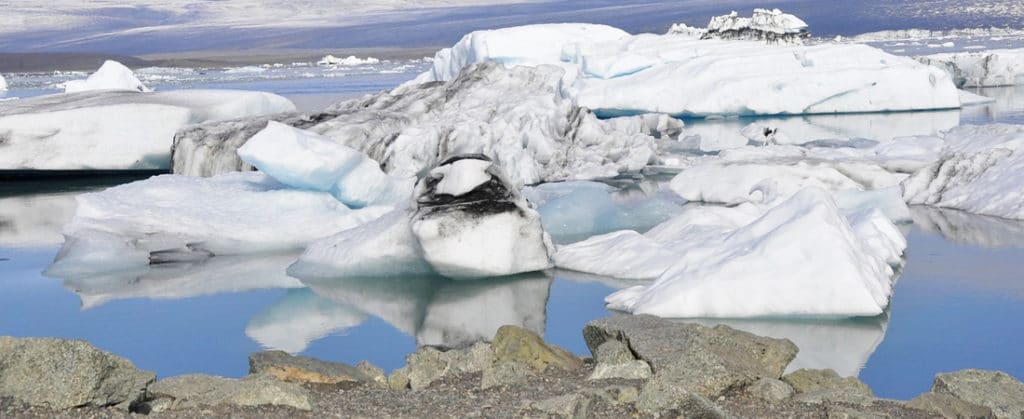
A team of UT researchers, including Tatiana Vishnivetskaya, research assistant professor in the Center for Environmental Biotechnology, has recently discovered life in the Siberian permafrost dating back to around 24,000 years ago, which have survived millennia in the heart of the frozen landscape.
The team received National Science Foundation (NSF) support to collaborate with Princeton University researchers and a Russian team in northeast Siberia collecting and analyzing permafrost samples.
Vishnivetskaya has been studying permafrost for most of her career and has worked with teams in Canada, Svalbard and Siberia. Her research has primarily focused on the microbial biodiversity in perennially frozen sediments and impacts of climate change on permafrost and its microbiome.
Composed of a combination of soil, rocks, and sand, permafrost covers around nine million square miles of the northern hemisphere—about the size of the U.S., Canada, and China combined. More than half of Russia’s territory consists of permafrost.
 “Permafrost is essentially soil that is held together with ice, so it is very vulnerable to thawing,” said Vishnivetskaya. “Any temperature increase will lead to ice melting and permafrost degradation. What then happens with all the microbes, metabolites, soil organic carbon and other compounds which were frozen in that permafrost?”
“Permafrost is essentially soil that is held together with ice, so it is very vulnerable to thawing,” said Vishnivetskaya. “Any temperature increase will lead to ice melting and permafrost degradation. What then happens with all the microbes, metabolites, soil organic carbon and other compounds which were frozen in that permafrost?”
In 2016, an anthrax outbreak in Russia was believed to be caused by thawing permafrost. The bacteria were likely consumed by a reindeer, and were then spread to other reindeers in the area resulting in more than 2,000 infections. Dozens of people in Siberia were hospitalized because of this.
“Some microbes can present a threat for humanity. In areas of permafrost with old burials, such as in Siberia, it’s possible that some pathogens have been contained there. If they were to survive the permafrost they could cause outbreaks. Historically, a great deal of chemical waste has also been buried in permafrost,” said Vishnivetskaya. “A large part of our northern hemisphere is permafrost. We have to know what that permafrost contains.”
The permafrost in Siberia is very old, the oldest of which was frozen more than two million years ago.
“Our research resulted in the discovery of rotifers, which are actually microscopic animals, in ancient permafrost samples,” said Vishnivetskaya. “This showed that these microorganisms can survive for thousands of years in permafrost.”
The rotifers discovered in the sample, once thawed, were able to perform metabolic functions and reproduce themselves. While rotifers are generally considered hardy, this study suggests they may have some mechanism that shields their cells and organs from damage caused by very low temperatures.
The results of Vishnivetskaya’s research could have impacts for cryo-preservation of tissue and cells in animals and possibly even humans. Additionally, the mechanism by which the rotifers protect themselves could be translated into uses for technology and industry dealing with low temperature biochemical reactions. Beyond this, Vishnivetskaya views her work as an opportunity to figure out what can survive permafrost and how that might impact the greater global community.
